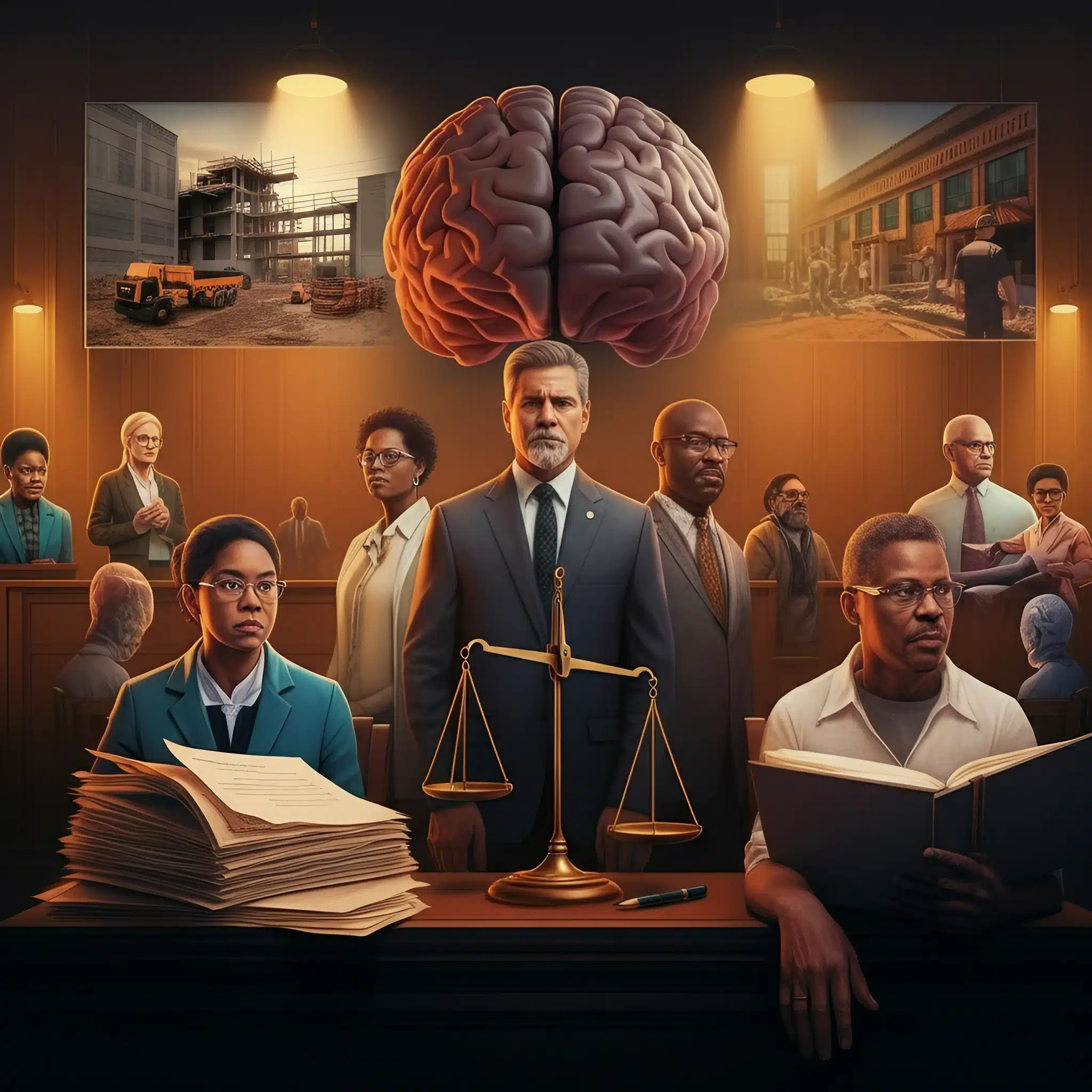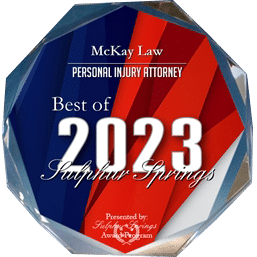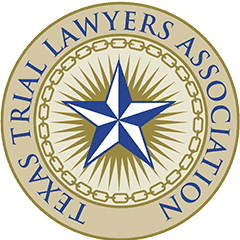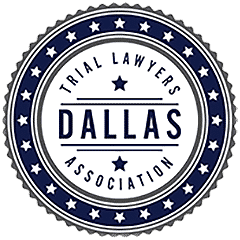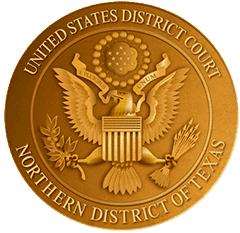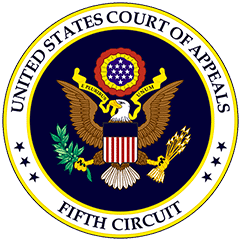Brain injuries can massively disrupt lives, impacting not only survivors but also their families and caregivers. If you’ve suffered from a traumatic brain injury (TBI) or are a caregiver navigating the aftermath, you may have considered pursuing a brain injury claim. While seeking justice and compensation can feel overwhelming, understanding the steps involved can make this process clearer and more approachable.
This guide covers the key aspects of pursuing a brain injury claim, from understanding the legal framework to calculating damages, and aims to empower you with actionable knowledge. We’ll draw upon real-life examples to illustrate how brain injury claims can unfold and ensure you’re equipped with the resources you need.
Understanding Brain Injury Claims
Brain injury claims arise when an individual suffers harm due to someone else’s negligence, whether it’s a car accident, a workplace injury, or an instance of medical malpractice. The core of such claims hinges on proving liability and damages. Essentially, the injured party must demonstrate that the responsible party’s negligence directly caused their injury and that this injury led to measurable losses such as medical expenses, lost wages, or diminished quality of life.
For example, consider a construction worker who suffered a TBI due to a scaffolding collapse caused by faulty equipment. Here, the responsibility may fall on the equipment manufacturer or the company responsible for worksite safety, forming the basis of a brain injury claim.
Understanding these claims requires familiarity with legal frameworks, evidence collection, and how damages are assessed.
Understanding the Legal Framework: Laws and Regulations
Navigating brain injury claims starts with understanding the laws that govern personal injury cases in your jurisdiction. While these laws can vary, the following elements are commonly addressed in brain injury claims:
- Negligence Law: Proving that the responsible party failed to act with reasonable care, leading to the injury.
- Statutes of Limitations: A timeframe within which the injured party must file their claim, typically ranging from 1 to 3 years (depending on the location and jurisdiction).
- Compensation Laws: State-specific laws may influence how damages are calculated or capped.
For instance, in the case of a child who suffered a brain injury at school due to inadequate supervision, the legal framework could include holding the school or its administrators accountable under duty-of-care obligations.
Working with a legal expert versed in brain injury cases ensures the appropriate statutes and precedents are applied.
Establishing Negligence: Proving the Cause of the Injury
At the heart of every successful brain injury claim is proving negligence. This involves demonstrating three key points:
- Duty of Care: Showing that the responsible party owed the injured individual a duty of care (e.g., a motorist owes it to others on the road to drive safely).
- Breach of Duty: Proving the responsible party failed to meet this obligation (e.g., reckless driving or failure to maintain safe equipment in the workplace).
- Causation: Establishing that this breach directly led to the brain injury. For example, a car accident victim suffering a TBI due to another driver running a red light.
Expert testimony often plays a critical role in strengthening these points. Medical experts may verify the connection between the injury and its cause, while safety consultants might analyze lapses in protocol.
Gathering Evidence: Documentation and Expert Testimony
Solid evidence forms the backbone of a brain injury claim. Here’s what effective evidence gathering looks like:
- Medical Records: Documenting the injury, treatment, long-term prognosis, and any future medical needs.
- Accident Reports: Including police reports, workplace incident documentation, or institutional records depending on where the injury occurred.
- Witness Statements: Eyewitness testimonies that describe the events leading to the injury.
- Expert Testimony: Specialists who can bridge the gap between the injury and causation, whether it’s a neurologist, an occupational therapist, or a mechanical expert.
Real-life example? A sports-related concussion case emphasizes the need for timely medical evaluations. Proper documentation proved the traumatic impact of a lack of return-to-play protocols, building a strong case for negligence.
Calculating Damages: Assessing the Full Impact of the Injury
Brain injuries can have lifelong ramifications, and it’s important to fully capture the scope of these damages in compensation claims. Damages often include both economic and non-economic impacts:
- Economic Damages:
-
-
- Medical expenses (past and future)
- Rehabilitation and therapy costs
- Lost income and diminished earning capacity
-
Example: A professional swimmer suffering a brain injury from inadequate pool maintenance may face both immediate medical expenses and long-term income loss if they’re unable to compete again.
- Non-Economic Damages:
-
-
- Pain and suffering
- Loss of consortium in relationships
- Diminished quality of life
-
Legal professionals use methods like life-care plans and actuarial evaluations to accurately assess damages, ensuring survivors and their families are adequately compensated.
Navigating the Claims Process: From Filing to Settlement
Once you’ve gathered the necessary evidence, the claims process typically moves through the following phases:
- Filing the Claim:
-
-
- Submit your case within your state’s statute of limitations.
-
- Negotiation:
-
-
- Begin discussions between legal representatives and insurance companies. This stage often involves mediating a settlement before going to trial.
-
- Litigation:
-
-
- If no settlement is reached, the case proceeds to court where a judge or jury determines liability and awards damages.
-
Patience and persistence are key, as some claims can take years to resolve, particularly if they involve complex injuries or disputed liability.
The Role of Legal Professionals: When to Seek Help
While it’s possible to file a brain injury claim independently, the expertise of a personal injury attorney is invaluable. They guide the process, collect evidence, and negotiate with opposing parties to fight for fair compensation.
For instance, in a case involving a child injured due to a lack of school supervision, legal professionals demonstrated how the institution’s policies were insufficient, culminating in significant compensation for the family.
Resources for Survivors and Caregivers
Brain injuries don’t just alter personal health; they can upend entire family dynamics. Fortunately, a wealth of resources exists to assist survivors and their caregivers throughout recovery and beyond:
- Support Groups: Organizations like the Brain Injury Association of America (BIAA) provide community networks and peer support.
- Rehabilitation Services: Physical, cognitive, and psychological rehabilitation services are critical for long-term recovery.
- Legal Aid: Many firms specialize exclusively in personal injury cases, offering free consultations and contingency-based representation.
Knowing you’re not alone in this process can be a powerful motivator as you pursue justice and recovery.
Know Your Rights, Protect Your Future
Understanding the essential components of a brain injury claim can make all the difference in navigating the complex world of personal injury law. By knowing your rights, gathering the necessary evidence, and enlisting the help of skilled professionals, you can secure compensation to help rebuild your life.
If you or a loved one is exploring a potential claim, act promptly. Consult a legal expert, and use the knowledge from this guide to advocate for what you deserve.
Empower yourself with the tools to move forward. Legal justice can bring not only financial relief but also the closure needed for brighter days ahead.
